-
Welcome to Celiac.com!
You have found your celiac tribe! Join us and ask questions in our forum, share your story, and connect with others.
-
Get Celiac.com Updates:Support Our Content
An observation about psyllium husk
-
Get Celiac.com Updates:Support Celiac.com:
-
Recent Activity
-
- JessikaSwallow78 replied to JessikaSwallow78's topic in Introduce Yourself / Share Stuff2
New to Celiac
I have Hydrocephalus born two months early ,SIADH(Hyponatremia),Raynaud’s Syndrome ,Hypertension. Fibromyalgia ,anemia or low Iron and low on some other vitamins. I have digestive issues that go back and forth between constipation or diarrhea. I feel uncomfortable after heavy or some breakfast foods or meals.Can this be related to anything with Celiac disease o... -
- JessikaSwallow78 replied to MomofGF's topic in Celiac Disease Pre-Diagnosis, Testing & Symptoms22
Not sure if this is Celiac or just a gluten-free intolerance
Hey,My name is Jessika and I’m totally new to Celiac disease and gluten related conditions can anyone give me some advice my conditions right now are:Hypertension,Hydocephalus, SIADH /Hyponatremia,Raynaud’s Syndrome ,Fibromyalgia and anemia/Iron Deficiency,B12 issues,sodium, potassium,chloride and some other vitamins deficiency sometimes what could all thi... -
- trents replied to JessikaSwallow78's topic in Introduce Yourself / Share Stuff2
New to Celiac
Welcome to the forum, @JessikaSwallow78! There have been over 200 symptoms and health problems associated with celiac disease. So, it might be more helpful if you tell us what symptoms you have that make you think you might have celiac disease. -
- JessikaSwallow78 posted a topic in Introduce Yourself / Share Stuff2
New to Celiac
Hi my name is Jessika and I have been wondering what conditions are connected to celiac disease and what are the symptoms? -
- Russ H replied to LeeRoy83's topic in Celiac Disease Pre-Diagnosis, Testing & Symptoms13
UK Member Looking For Help - Recent Test
There is not enough information to assess the likelihood of coeliac disease. You'll have to chase this up with the quack. The lab should provide antibody titres and a reference range. They might just have done an EMA test, which is negative/positive and antiquated - a proper IgA-ttG2 test would be more helpful.
-




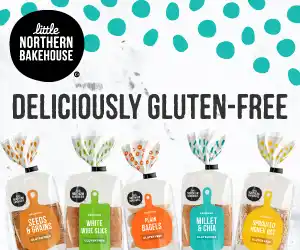
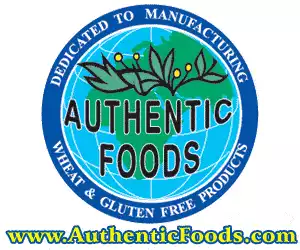


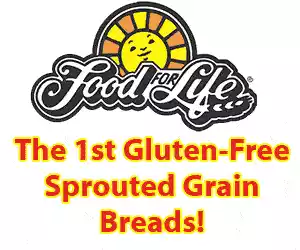
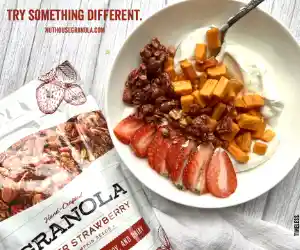
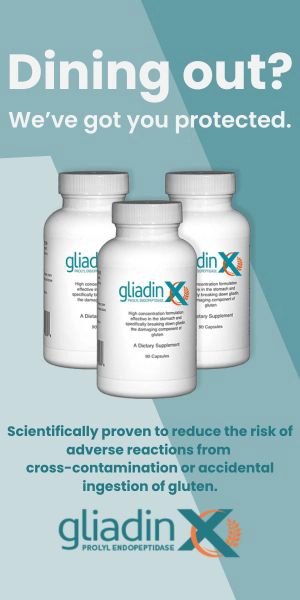
Recommended Posts
Create an account or sign in to comment
You need to be a member in order to leave a comment
Create an account
Sign up for a new account in our community. It's easy!
Register a new accountSign in
Already have an account? Sign in here.
Sign In Now